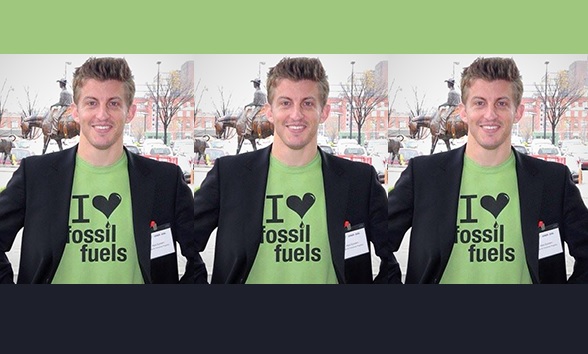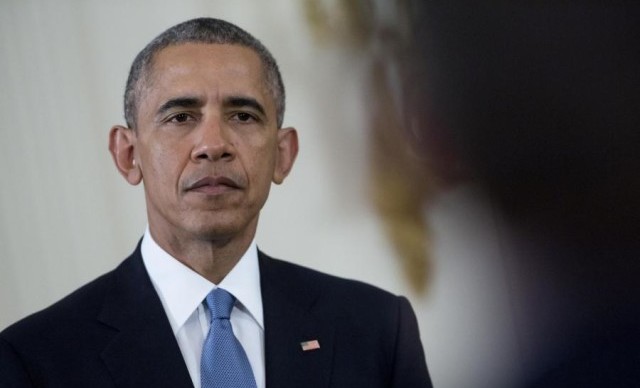An Amazing Fossil Fuel Advocacy Success Story
 A couple months ago I spoke to the Alaska Oil and Gas Association and met a very bright industry member, Ethan Atwood, who told me how he and his company had become incredibly effective advocates by using the moral case for fossil fuels. He recently shared his story on my podcast, Power Hour. Here’s an edited excerpt:
A couple months ago I spoke to the Alaska Oil and Gas Association and met a very bright industry member, Ethan Atwood, who told me how he and his company had become incredibly effective advocates by using the moral case for fossil fuels. He recently shared his story on my podcast, Power Hour. Here’s an edited excerpt:
I was offered a job in the oil and gas sector to come up and work in Canada for a company that does oil and gas service. I wasn’t really excited about the idea of it.
When I decided that it was probably OK to do, it was with some reservations, basically thinking to myself “well it is not that bad and we’re just a service company,” and then I got up and started working and I found out wow, we are actually doing… we are actually part of fracking and fracking is bad. Fracking is a bad word and is a bad thing and, you know, I had a little bit of a dilemma there as well.
After a couple of years of working in the industry one of the vice presidents at our company found your book and started to talk about the moral case for fossil fuel and started shaping really the narrative of our company and even the community. So we started talking about it in groups and inside the company that maybe the oil and gas industry is actually a good thing and we are actually contributing to the health and well-being of others.
And we’ve gone from feeling apologetic when people say “Hey, what do you do?” Instead, we say “Yeah, I’m really proud about it and all the stuff you hear about it, I’d like to talk to you about it a little bit more.” And every time we start that people say “Oh, I never really thought about it that way.” And the vast majority of people I speak with, I would say nearing 100%, with just 5 minutes of discussion are willing to concede that it actually is a good thing.
In the interview, Atwood shares his advice for companies on how to replicate his success. Above all he recommended starting employees with this interview/debate, so employees can see how the moral case framework challenges the traditional framework, and then following it with The Moral Case for Fossil Fuels. (You can also start with our new free, two-page preview.)
3 Speeches to Empower Companies
On the topic of employee empowerment, I’ve recently expanded the number of speeches available to companies and trade groups. If one of these might be a good fit for your company, let me know.
Included for every participant is a copy…
New! How to Talk to Anyone About Energy Workshop
A half-day workshop with lots of live practice, demonstrations, and feedback where I teach you how to talk one-on-one to stakeholders, whether attackers, non-supporters, and supporters about your most important energy issues. Included is a copy of our online course How to Talk to Anyone About Energy, but the in-person version is much more customized to your particular issues and your particular team.
The Moral Case for Fossil Fuels
My flagship introductory talk that has inspired tens of thousands of employees to be proud of their work and share that pride with others.
Arguing to 0 vs. Arguing to 100: How to Get Off the Defensive and Take the Moral High Ground
Designed for communications teams and senior executives, this talk explains why companies and trade groups are always on the defensive—and how to reframe the conversation to take the moral high ground and win over stakeholders.

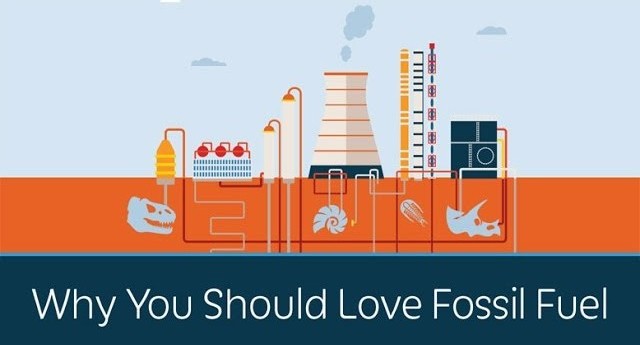









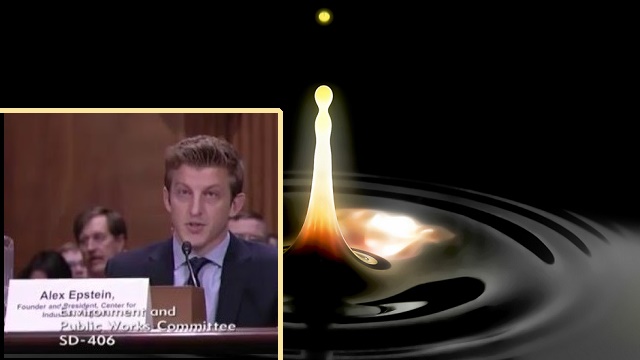

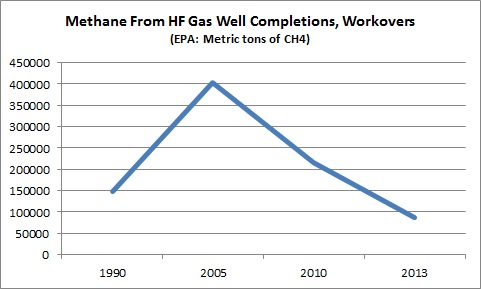
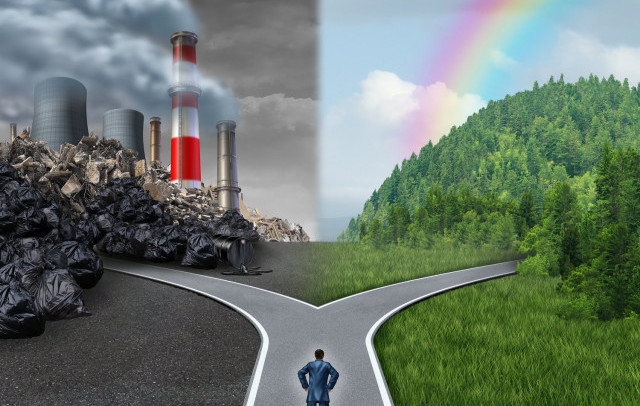


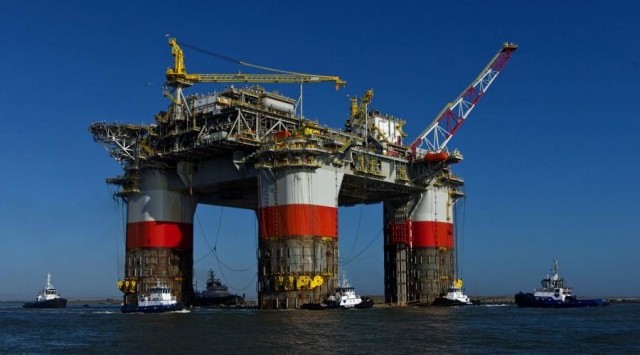
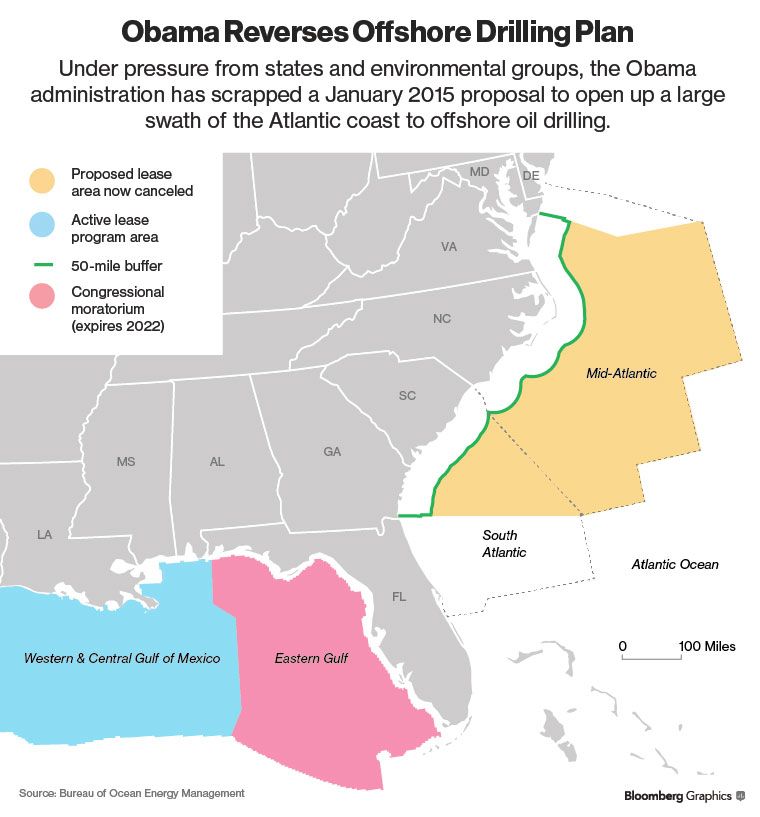

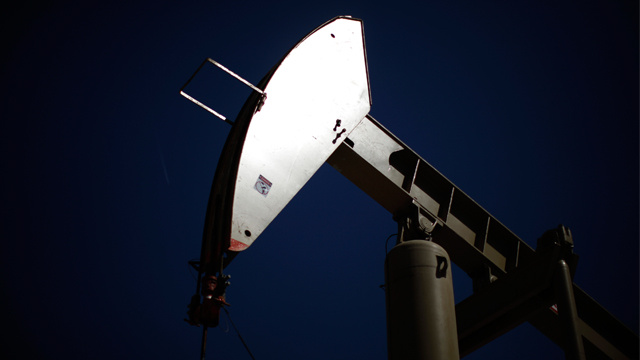
 ABOUT CLEARPATH ACTION
ABOUT CLEARPATH ACTION